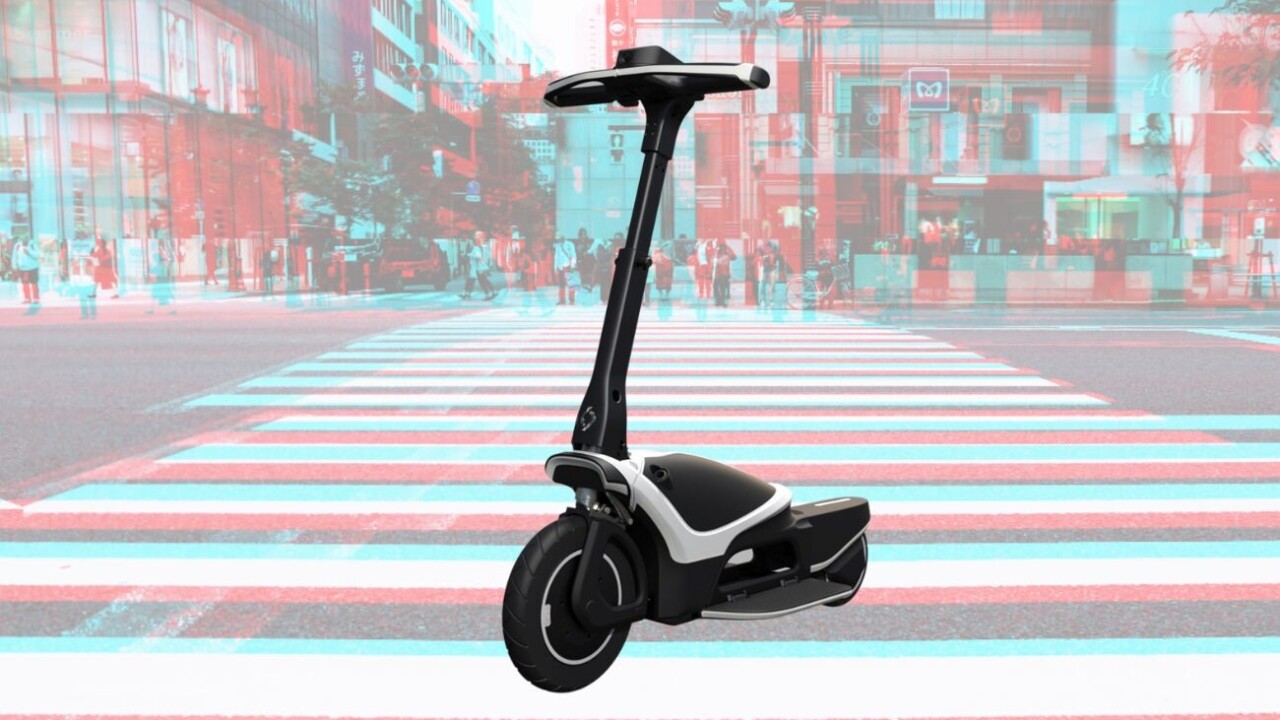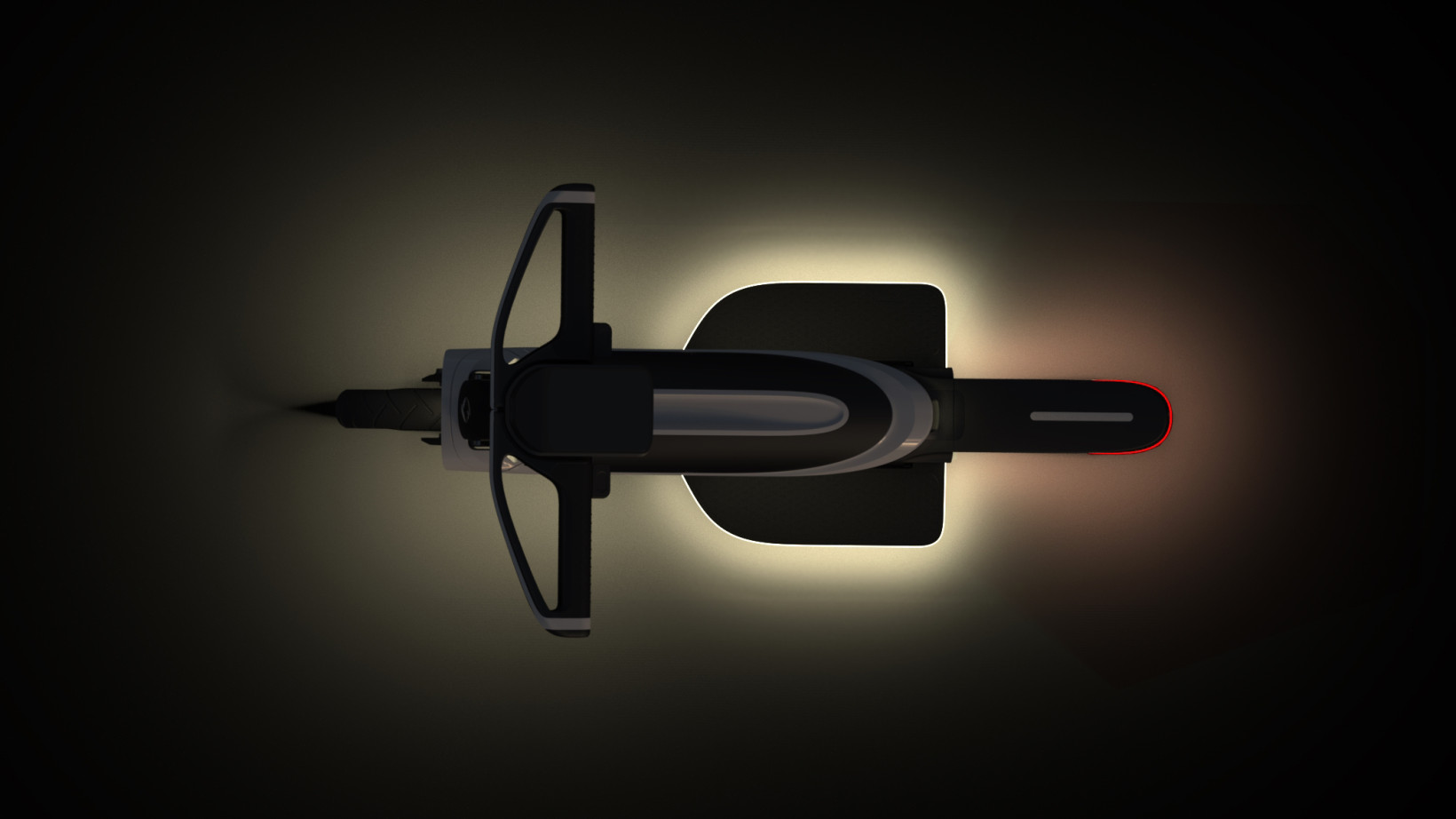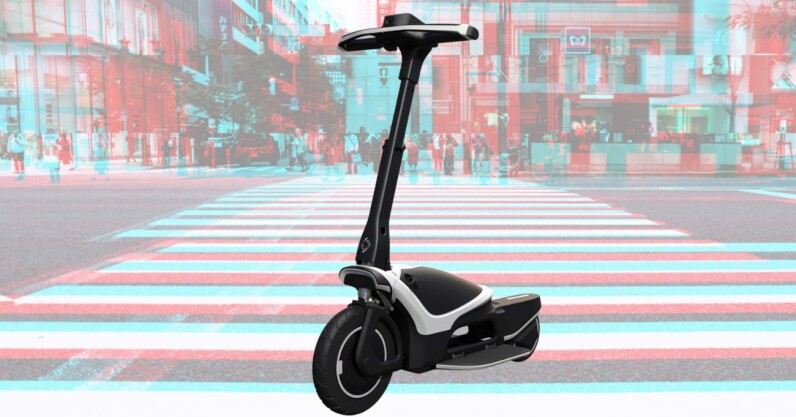
Story by
Siôn Geschwindt
Siôn is a reporter at TNW. From startups to tech giants, he covers the length and breadth of the European tech ecosystem. With a background Siôn is a reporter at TNW. From startups to tech giants, he covers the length and breadth of the European tech ecosystem. With a background in environmental science, Siôn has a bias for solutions delivering environmental and social impact at scale.
British startup Hilo — co-founded by Andy Palmer, often referred to as the ‘godfather’ of EVs — has launched a new e-scooter crammed with high-tech safety features, in a bid to tackle the sector’s poor safety rep.
The e-scooter, dubbed Hilo One, is equipped with the same kind of collision warning tech found in cars. Using computer vision AI, the e-scooter alerts the riders of impending dangers through visual, audible, and sensory feedback in the handlebars.
“E-scooters have faced challenges with safety and public perception,” said Palmer, who helped supercharge EV adoption in the UK during his time as COO at Nissan, and later, as CEO at Aston Martin. “The Hilo One is an e-scooter that addresses these concerns head-on.”

The Hilo One comes fitted with a large 31cm front wheel, to help clear potholes and remove the twitchy handling that plagues some e-scooters models. It also projects lights from its undercarriage to increase visibility at night. These lights flash when other commuters get dangerously close. The onboard computer also connects with Unit 1 helmets and can recognise helmet use.
Beyond its safety credentials, the Hilo One has a built-in control unit that integrates with an electric car, sharing navigation information and charge sites bidirectionally — especially useful for EV drivers looking for a last-mile add-on to their car.

Charging can be done at home, or through a dedicated in-car charger. Android Auto compatibility allows navigation and range information to be shared between the car and the Hilo One.
Lotus Engineering, a division of racing car manufacturer Lotus, has contributed to the overall design of the Hilo One, including the patent-pending folding system. This sees dirty wheels enclosed within the body of the e-scooter, and allows the Hilo One to be carried or wheeled using the telescopic handle.

The Hilo One has a speed limit of 25kph, in line with regulations, and its twin 350w electric motors deliver a range of 40km.
The design hasn’t compromised on looks either — I saw it with my own eyes at the Microbility Europe conference in Amsterdam today, and must say it is a sleek, futuristic-looking piece of kit.
Predictably all of these gadgets and good looks carry a hefty price-tag — the Hilo One starts from €2000. The startup is already taking pre-orders with delivery scheduled for 2024.
Get the TNW newsletter
Get the most important tech news in your inbox each week.
Also tagged with



